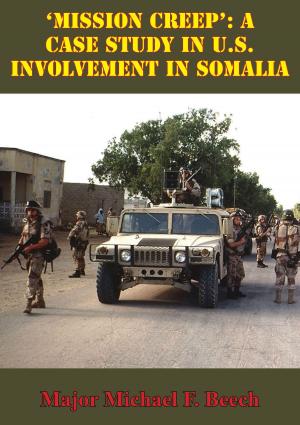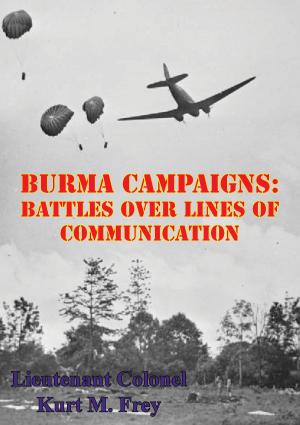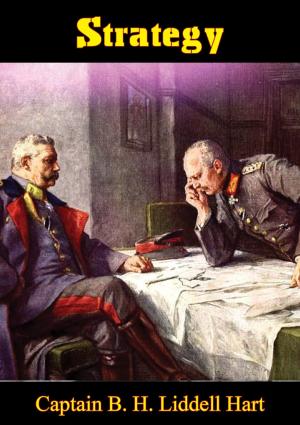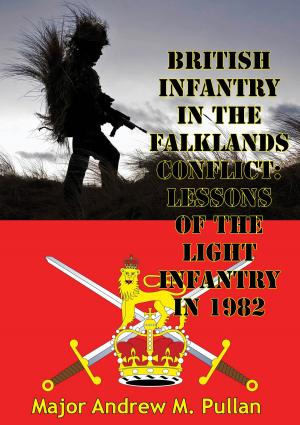Determination And Effectiveness Of Wwii Strategic Bombing Strategy
Nonfiction, History, Middle East, Persian Gulf War, Military| Author: | Colonel T. Tracey Goetz | ISBN: | 9781782897972 |
| Publisher: | Tannenberg Publishing | Publication: | August 15, 2014 |
| Imprint: | Tannenberg Publishing | Language: | English |
| Author: | Colonel T. Tracey Goetz |
| ISBN: | 9781782897972 |
| Publisher: | Tannenberg Publishing |
| Publication: | August 15, 2014 |
| Imprint: | Tannenberg Publishing |
| Language: | English |
With the collapse of France in 1940, American (US) and British (UK) leadership became keenly aware that the continued security of their nations required the defeat of the Axis powers, particularly Germany. The Allies chose a strategy utilizing a combination of various military actions, most notably a combined bomber offensive (CBO). The CBO would be carried out through a combination of US daylight precision and UK night area bombing.
The purpose of this paper is to show why the Allies chose this strategy and evaluate its success. To accomplish this task, the paper will first describe the events that brought about the conflict and the strategy. Crowl’s Questions are used as a framework to analyze the factors that influence strategy development and adoption and will illustrate why Allied leaders chose this path. This is followed by a detailed description of the campaign. The principles of war (mass, objective, offensive, maneuver, surprise, security, simplicity, unity of command, and economy of force) are accepted as proven methods for employing forces in combat and are used to evaluate the CBO’s effectiveness The paper closes with a summary of the findings and doctrinal implications.
The paper will show the Allies adopted US daylight precision and UK night area bombing based on leadership’s belief that it could most effectively reduce Germany’s means of war and hasten its earliest possible defeat. The Allies successfully achieved this objective primarily through adherence to the principles of mass, objective, offensive, and maneuver.
With the collapse of France in 1940, American (US) and British (UK) leadership became keenly aware that the continued security of their nations required the defeat of the Axis powers, particularly Germany. The Allies chose a strategy utilizing a combination of various military actions, most notably a combined bomber offensive (CBO). The CBO would be carried out through a combination of US daylight precision and UK night area bombing.
The purpose of this paper is to show why the Allies chose this strategy and evaluate its success. To accomplish this task, the paper will first describe the events that brought about the conflict and the strategy. Crowl’s Questions are used as a framework to analyze the factors that influence strategy development and adoption and will illustrate why Allied leaders chose this path. This is followed by a detailed description of the campaign. The principles of war (mass, objective, offensive, maneuver, surprise, security, simplicity, unity of command, and economy of force) are accepted as proven methods for employing forces in combat and are used to evaluate the CBO’s effectiveness The paper closes with a summary of the findings and doctrinal implications.
The paper will show the Allies adopted US daylight precision and UK night area bombing based on leadership’s belief that it could most effectively reduce Germany’s means of war and hasten its earliest possible defeat. The Allies successfully achieved this objective primarily through adherence to the principles of mass, objective, offensive, and maneuver.









![Cover of the book My Clan Against The World: US And Coalition Forces In Somalia, 1992-1994 [Illustrated Edition] by Colonel T. Tracey Goetz](https://www.kuoky.com/images/2014/august/300x300/9781782896623-Rw2c_300x.jpg)





